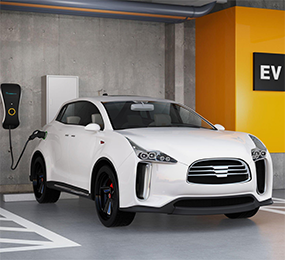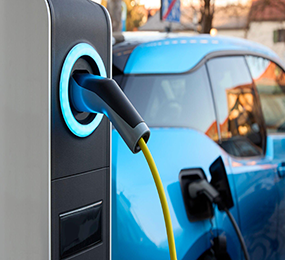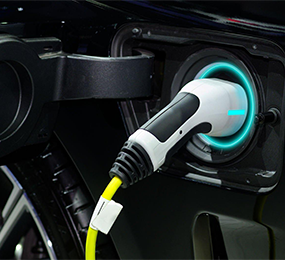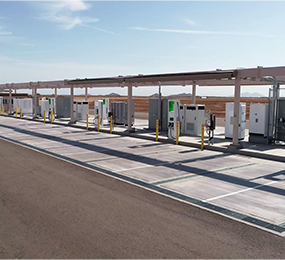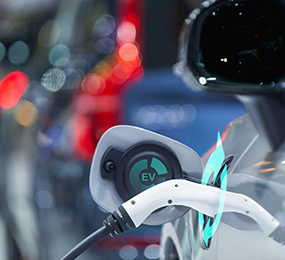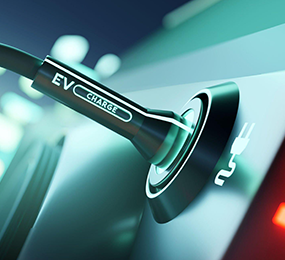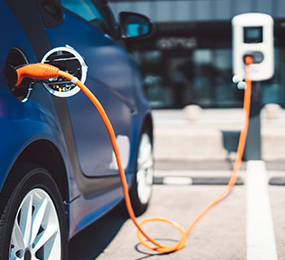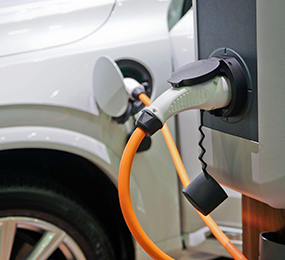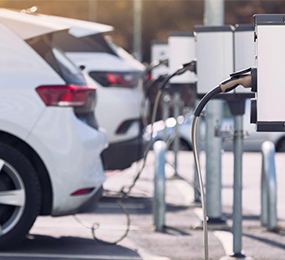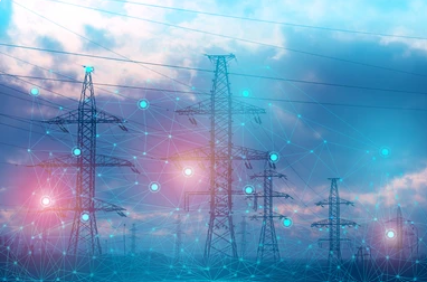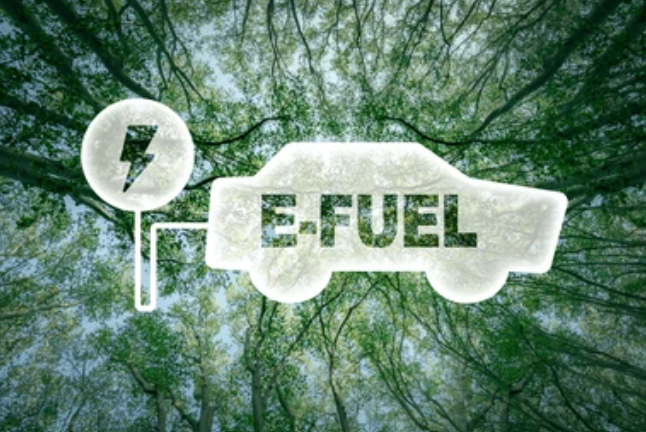Vehicle-to-Grid Standards for Electric Vehicles
Electric cars (EVs) provide a glimpse of a range of next-generation technology, including as over-the-air upgrades, driver aid, automatic parallel parking, and central entertainment interfaces that can also function as video game consoles. And, while these advancements herald a new age in the vehicle industry, maybe the most significant contribution of EVs to the energy transition will be what they can do for the electric grid rather than what they can do for the driver.
Vehicle-to-grid (V2G) applications for EVs have enormous promise. While household and utility-scale batteries will play an essential role in future energy systems, many experts believe that EVs as grid assets might function at a scale that dwarfs the present and expected stationary energy storage market if done successfully.
HOW DOES VEHICLE-TO-GRID TECHNOLOGY WORK?
The most critical aspect of putting V2G into operation is ensuring that EV drivers have enough energy in their car batteries when they need it. When they go for work in the morning, the car battery must be charged sufficiently to get them there and back.
This is the fundamental need of V2G and other charging technologies: When the EV driver wants to unplug the car, they must be able to express how full the battery should be at that moment.
When utilizing smart charging, the ability to balance the grid is removed after the battery is fully charged. With V2G, grid balancing can continue for the duration of the vehicle's existence.
THE ADVANTAGES OF VEHICLE-TO-GRID
Summary of the benefits based on your goals:
1. Reduce total cost of ownership of fleets
2. Car OEMs (manufacturers) are able to sell vehicles with added value
3. Energy market parties can trade and optimize their balance
4. Network operators can optimize investments & stabilize the grid
V2G technology
To comprehend the potential and unique standardization requirements in the V2G area, we must first comprehend the three inverter topologies that are now available with EVs and their smart, bidirectional chargers.
V2G-DC: Power conversion and smart functions are located in the electric vehicle supply equipment in this direct current (DC) design (EVSE). In addition to converting electricity, the EVSE serves effectively as a stationary smart inverter, providing grid-support advantages and communication capabilities to asset operators.
V2G-AC: The script is flipped in this alternating current (AC) setup, and the EV includes the power conversion and smart functionality. The EV replaces the charger with a mobile smart inverter.
V2G-Split Inverter: In this design, power conversion is housed within the EV and smart functionalities are housed within the EVSE, so neither the EV nor the EVSE looks like a smart inverter on their own. According to the analysis, this configuration will have the least applicability and traction in the future, thus its deployment will be less of a priority than the previous pair.
Standards that apply for V2G
Each inverter arrangement will necessitate its own set of standards to address relevant activities and safe operations, such as interconnection, EVSE safety, vehicle functioning, and communications.
The IEEE 1547 set of standards and papers govern connectivity issues; UL standards, notably UL 1741, govern EVSE safety and functioning; SAE addresses EV standards and vehicle functionalities; and testing can be performed by third parties or OEMs. Communications has the fewest established standards, implying that more work is needed to build them.
UL 1741 has long been the standard for inverter certification and is extensively used for grid connectivity, offering guidelines for assessing inverters with particular grid compliance criteria. The EVSE may be regarded a stationary inverter for V2G-DC, which means that interconnection requirements and grid integration compliance can be accomplished through UL 1741 certification.
The same cannot be said for V2G-AC because the inverter is located in the EV and is not stationary. To overcome this issue, UL 1741 SC was created and accepted in SAE J3072. Many of the same grid support inverter system function criteria are established in this standard, providing for integration into an EV and connection to a power supply via the EVSE. Some features of hardware communication are also covered by the standard.
While these criteria may appear to be excessively technical language, establishing production, safety, and operational standards is essential for every firm to develop and attain its full potential. If each EV configuration performs in a uniform and predictable manner, large-scale asset operators, such as utilities, will find it much easier to exploit this technology's grid-assist capabilities.
Making it simpler for utilities to reap the advantages of V2G will demonstrate the worth of these assets to the same utilities, implying that actions will be taken to boost their adoption, such as rebates, discharge incentive programs, and extended networks of public charging infrastructure.
Visit our website to know more: https://bit.ly/3W0umUp
For more information and group participation, contact us: [email protected]
Leadvent Group - Industry Leading Events for Business Leaders!


